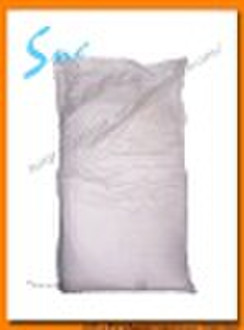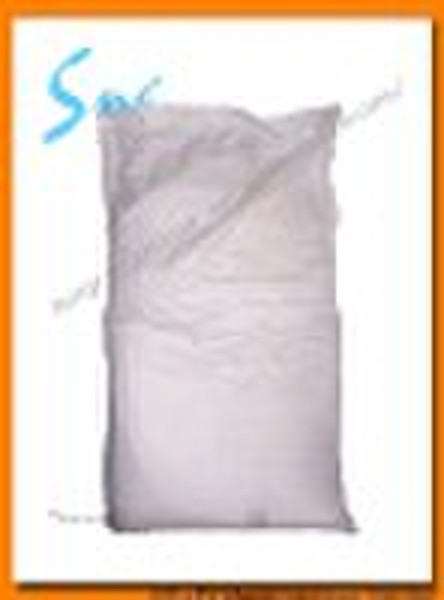Catalog
-
Catalog
- Agriculture
- Apparel
- Automobiles & Motorcycles
- Beauty & Personal Care
- Business Services
- Chemicals
- Construction & Real Estate
- Consumer Electronics
- Electrical Equipment & Supplies
- Electronic Components & Supplies
- Energy
- Environment
- Excess Inventory
- Fashion Accessories
- Food & Beverage
- Furniture
- Gifts & Crafts
- Hardware
- Health & Medical
- Home & Garden
- Home Appliances
- Lights & Lighting
- Luggage, Bags & Cases
- Machinery, Hardware & Tools
- Measurement & Analysis Instruments
- Mechanical Parts & Fabrication Services
- Minerals & Metallurgy
- Office & School Supplies
- Packaging & Printing
- Rubber & Plastics
- Security & Protection
- Service Equipment
- Shoes & Accessories
- Sports & Entertainment
- Telecommunications
- Textiles & Leather Products
- Timepieces, Jewelry, Eyewear
- Tools
- Toys & Hobbies
- Transportation
Filters
Search
Sodium Lauryl Sulfate(SLS, K12)
original price: 1,00 USD
Shanghai, China
Shanghai, China
86-21-5058 6651
5032 8765
5058 6
5032 8765
5058 6

Cecily Chen
Contact person
Basic Information
Sodium Lauryl Sulfate(SLS, K12) Sodium lauryl sulfate (SLS) or sodium dodecyl sulfate (SDS or NaDS) (C12H25SO4Na) is an anionic surfactant that is used in industrial products including engine degreasers, floor cleaners, and car wash soaps; as well as in household products such as toothpastes, shampoos, shaving foams, some dissolvable aspirins, fiber therapy caplets, and bubble baths for its thickening effect and its ability to create a lather. The molecule has a tail of 12 carbon atoms, attached to a sulfate group, giving the molecule the amphiphilic properties required of a detergent. Sodium lauryl sulfate is prepared by esterification of sulfuric acid with dodecanol (lauryl alcohol, C12H25OH), followed by neutralization with sodium carbonate. It is used in both industrially produced and home-made cosmetics. Sodium lauryl sulfate is probably the most researched anionic surfactant compound. Like all detergent surfactants (including soaps), sodium lauryl sulfate removes oils from the skin, and can cause skin and eye irritation. The critical micelle concentration (CMC) in pure water at 25°C is 0.0082 M, and the aggregation number at this concentration is usually considered to be about 50. The micelle ionization fraction (α) is around 0.3 (or 30%). It has recently found application as a surfactant in gas hydrate or methane hydrate formation reactions, increasing the rate of formation as much as 700 times. Powder (needle) Item Unite Standard of Analysis Appearance White powder(needle) form Active matter % wt ≥92 Petroleum ether soluble substances % wt ≤1.5 Inorganic salts (NaCl+Na2SO4) % wt ≤5.5 Water % wt ≤2.5 PH Value (1% aq. solution) 7.5-9.5 Whiteness wg ≥90 Liquid Item Unite Standard of Analysis Appearance Light yellow liquid Active matter % wt ≥30 Petroleum ether soluble substances % wt ≤1.0 Inorganic salts (NaCl+Na2SO4) % wt ≤2.0 PH Value (1% aq. solution) 7.5-9.5 Color (Hazen) ≤50
Delivery terms and packaging
Port: Shanghai, Tianjin, Ningbo or Guangzhou
Payment term
Letter of credit
Telegraphic transfer
-
Payment Methods
We accept:









